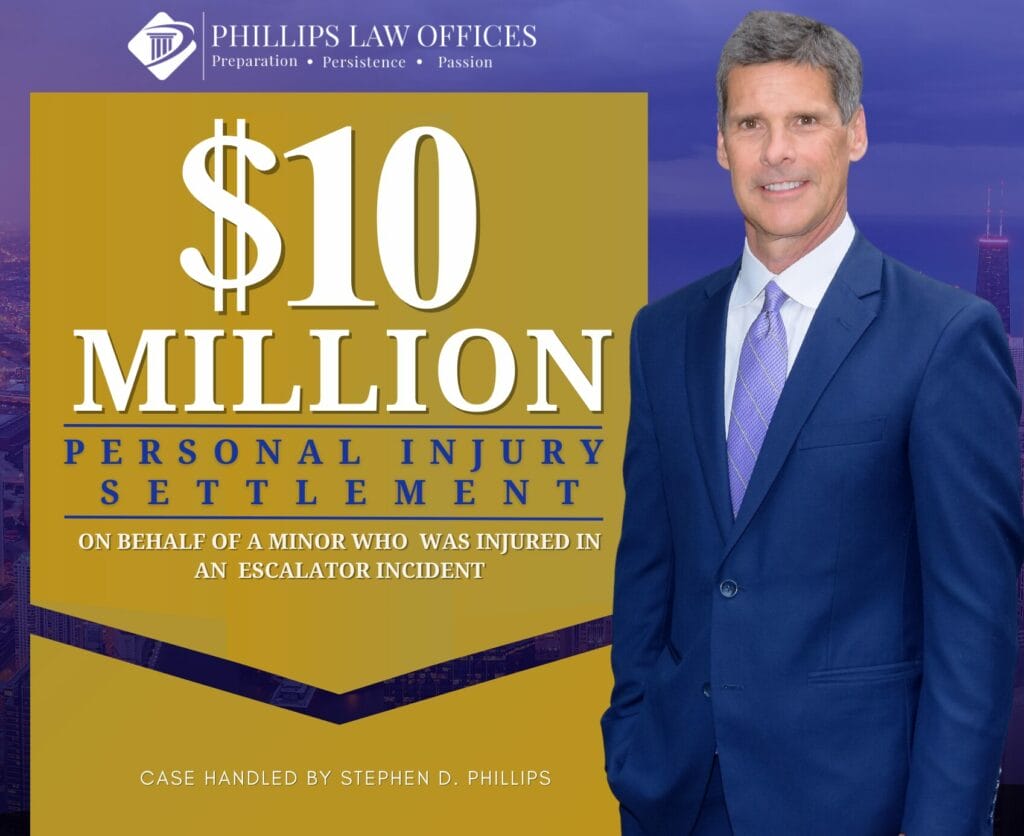Many people that have been involved in an accident are left wondering what the difference is between “personal injury” and “bodily injury.” While they may sound very similar, there is, in fact, a difference between the two. They both refer to harm suffered by an individual, but bodily injury refers only to physical injuries, whereas personal injury encapsulates a range of damages including, but not limited to, pain and suffering.
What does the term “personal injury” refer to exactly?
Civil law encompasses personal injury. Individuals that have been involved in motor vehicle accidents, for example, have the option to file a personal injury claim for compensation. “Personal injury” is a legal term for an injury to the body, mind, or emotions, as opposed to an injury to someone’s property.
The person who has been injured is the one who brings a personal injury lawsuit and is known as the plaintiff. One who is alleged to have been negligent is known as the defendant.
It is the plaintiff’s responsibility to prove their case when an accident results in an injury. In a personal injury case, the defendant is the person whose negligence resulted in the victim’s injury or loss.
Personal Injury Law and Legal Aspects
Limitations imposed by law
The statute of limitation for a personal injury or wrongful death claim is two-years in the state of Illinois. For most personal injury claims, the two-year limit begins on the date the injury occurred. For wrongful death, it begins on the date of death. The statute differs, slightly, for medical malpractice claims.
Liability
Personal injury cases in Illinois also raise the issue of liability, which is a separate legal issue. In some cases, a jury may find that the plaintiff was partially or completely to blame for their injuries or the accident. The modified comparative negligence rule is used in Illinois.
Under modified comparative negligence, an injured party may recover damages only if he/she is less than 50% at fault for the injury or damages.
The Onus of Proving
Personal injury cases have a lower burden of proof than criminal cases because the plaintiff is seeking monetary compensation for losses or injuries. The Illinois Pattern Jury Instructions, which is a template courts can follow when instructing a jury, explain what the standard requires. In civil cases, as opposed to criminal cases, the standard is by a “preponderance of the evidence,” which means, when considering all the evidence in the case, the jury must believe that the plaintiff’s claims are more probably true than not true.
A Personal Injury Claim Involves Several Different Aspects of Negligence
Defective products, automobile accidents, premises liability, medical malpractice, and many other occurrences can result in personal injuries. Personal injury cases frequently involve accidents that happen because the defendant was negligent in some way.
- In a personal injury claim, you must prove the following elements of negligence:
- Duty: the defendant owed a duty of care;
- Breach of Duty: the defendant failed to meet that duty;
- Cause in Fact: but for this failure, you would not have been injured;
- Proximate Cause: this failure (and not something else) caused your injury; and
- Damages: you have actually been injured and suffered some loss.
While a defendant’s legal duty may differ depending on the jurisdiction and the circumstances, everyone is responsible for avoiding accidents. Shopping malls should have dry floor surfaces free of debris that could cause slip and fall accidents, and manufacturers shouldn’t supply faulty products as examples of responsible behavior. Personal injury cases involving automobile accidents, defective products, dog bites, and slipping and falling are common.
Personal Injury Damages Compensation
In a personal injury case, you’re entitled to compensation from the person or entity legally responsible for your injuries. Economic and non-economic damages are the two types of compensation awarded in personal injury cases. While economic damages are usually intended to help restore a person to their original condition, non-economic damages are a form of compensation that accounts for an injured person’s pain, emotional distress, suffering, and other similar issues related to an accident. Economic damages are based on the actual losses that a person has suffered. Among these expenses are medical bills, time off work, out-of-pocket costs, and rehabilitation expenditures. It’s difficult to put a dollar amount on non-economic losses.
Pain and suffering are good examples of non-economic damages. Non-economic damages awarded in medical malpractice claims are not capped in Illinois. Prior to 2010 the caps were $500,000 for cases involving a negligent doctor or medical professional, and $1 million for a case against a negligent medical facility. Non-economic damages are also uncapped in different types of cases, such as car accidents.
Legal Ramifications Of Physical Harm
In most cases, a personal injury claim arises in the context of a car accident and the insurance policy that covers the accident. For instance, if you’re injured in a car accident in Illinois, you’ll be able to sue the other driver for medical expenses, lost wages, and pain and suffering.
When an insured party is at fault for an accident, bodily injury liability insurance pays for injuries to other drivers, passengers, or pedestrians. This money will be given to the injured person as a result of the accident that triggered the insurance claim. It’s not the same as liability insurance for damage to other people’s property.
Bringing A Personal Injury Lawsuit
After an accident, the first thing you should do is assess the situation. The most important thing is to remain calm. Ensure everyone is safe and, if necessary, move people away from danger.
After that take the following steps:
Contact Police
You will be able to communicate with the other parties involved in the accident more effectively with the police officer’s assistance, who can also direct traffic and determine some of the facts of what happened.
Document What Has Happened
Take pictures of any injuries you’ve sustained, and don’t forget to keep track of how they’re progressing. You should also, if possible, take photographs of each of the automobiles involved and the scene in its entirety.
Consult With Those Who Were Involved
Take the time to gather as much information as you can about the drivers involved in the accident. You’ll need their contact information, such as phone numbers, addresses, and insurance information, among other things.
Consult With The Eyewitnesses
If able, try and make an effort to get information from any and all witnesses to your motor vehicle collision.
Conclusion
Your medical bills, lost wages, pain and suffering, and other damages may be covered if someone else’s negligence caused your injuries or illness.
Contact Illinois personal injury lawyers at Phillips Law Offices for assistance. While you focus on your recovery, we can handle your case and fight for the compensation you deserve!.
Also Read:
How to Find the Right Personal Injury Attorney






